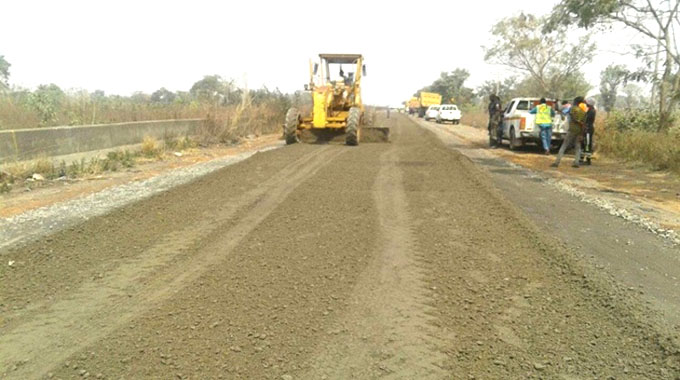Roads project creates job opportunities for rural folk

The Herald, 24 April 1994
THE labour-based technology for low-volume roads introduced as a pilot project in 1991 in two rural districts for rehabilitation and maintenance of some neglected roads has created employment opportunities and financial benefits for the communities.
According to the latest issue of the Zimbabwe Engineer magazine, more than $1.1 million had been paid in wages under the feeder roads pilot project in Mutoko and Tsholotsho districts by the middle of last year.
The employment of women was also significant, and at times constituted more than 30 percent of the workforce.
The highest monthly production achieved in the maintenance and rehabilitation of the roads was 4.5km in Mutoko and 3.5km in Tsholotsho.
And by last June, 80km of roads had been completed since work started in January 1992, it said.
A total of 200km of roads was included in the project introduced by the Department of State Roads and scheduled to run until July this year.
A recent independent assessment was positive about the achievements of the pilot project and made strong recommendations for an expansion of the technology on a countrywide basis, said the Zimbabwe Engineer.
Although centred at present within the Department of State Roads, the magazine said there was scope for similar projects in the newly created rural/district councils which had responsibility for the major part of the low-volume road network in the country.
The project was conceived in 1990 and acquired support from the Danish International Development Agency which was already assisting similar projects in other countries.
Because of situations where insufficient resources were allocated for public sector road rehabilitation and maintenance, the country’s rural low-volume network suffered the most.
The Zimbabwe Engineer said the projects in Mutoko and Tsholotsho were not to be confused with “food-for-work” or “special public works,” whose primary objectives were famine relief or employment creation and which often lacked adequate engineering planning and supervision.
LESSONS FOR TODAY
Infrastructure development and job creation are interconnected. In the process, they reduce poverty and other social ills.
When the right conditions are present in a given area, labour-based technology is the most cost-effective approach to rural infrastructure development. These conditions include:
1. Sufficient numbers of under- or unemployed persons in the areas where the work is required plus local availability of construction materials;
2. Shortage of conventional construction equipment and high capital costs;
3. Government commitment to the development of employment and generation of income in the rural areas;
4. Small contractors, skilled in labour-based technology and capable of supervising the work efficiently; and,
5. Competence of the public sector agencies responsible for rural infrastructure works in the areas of contracting and supervision of contractors’ performance.







Comments